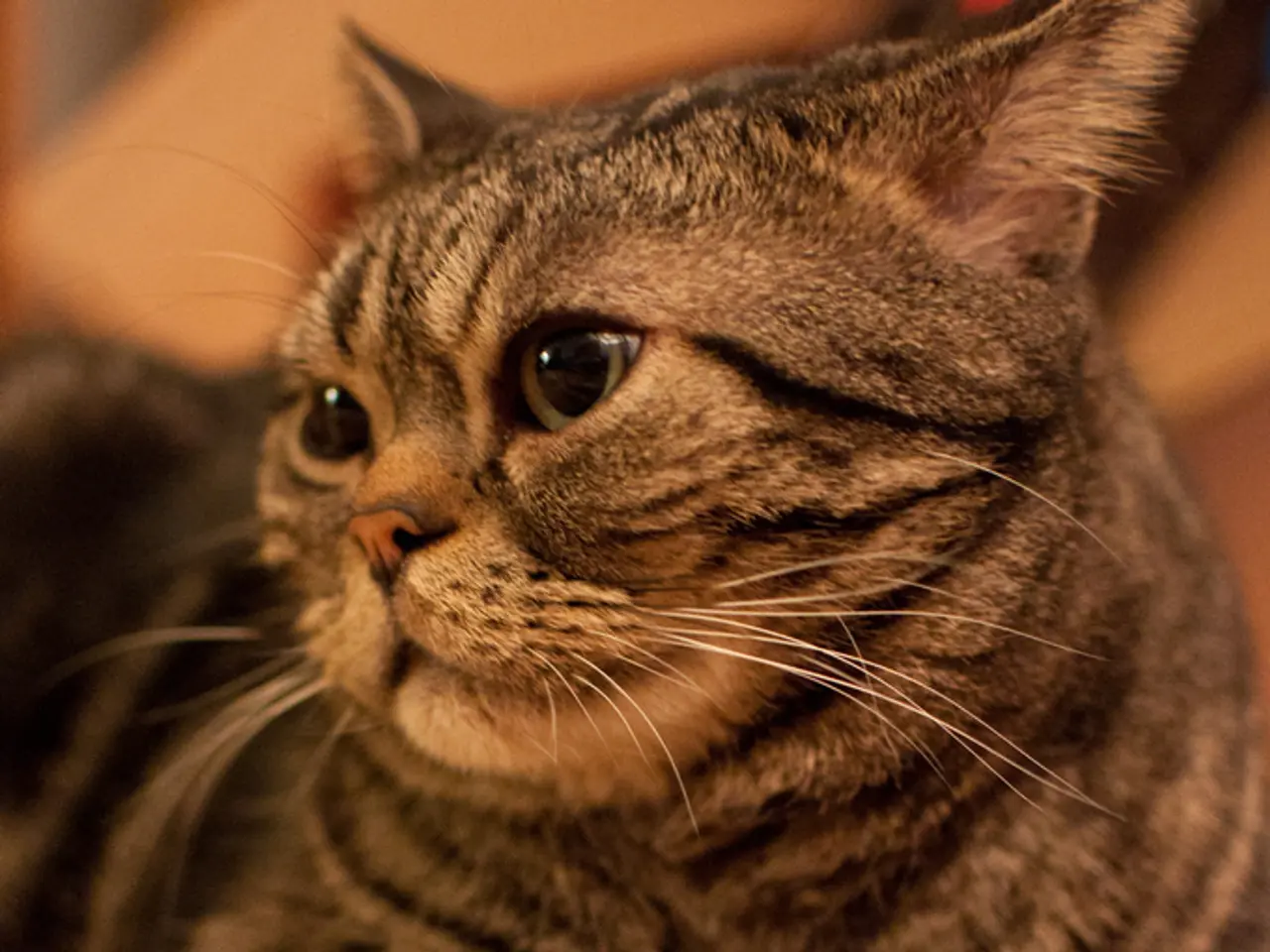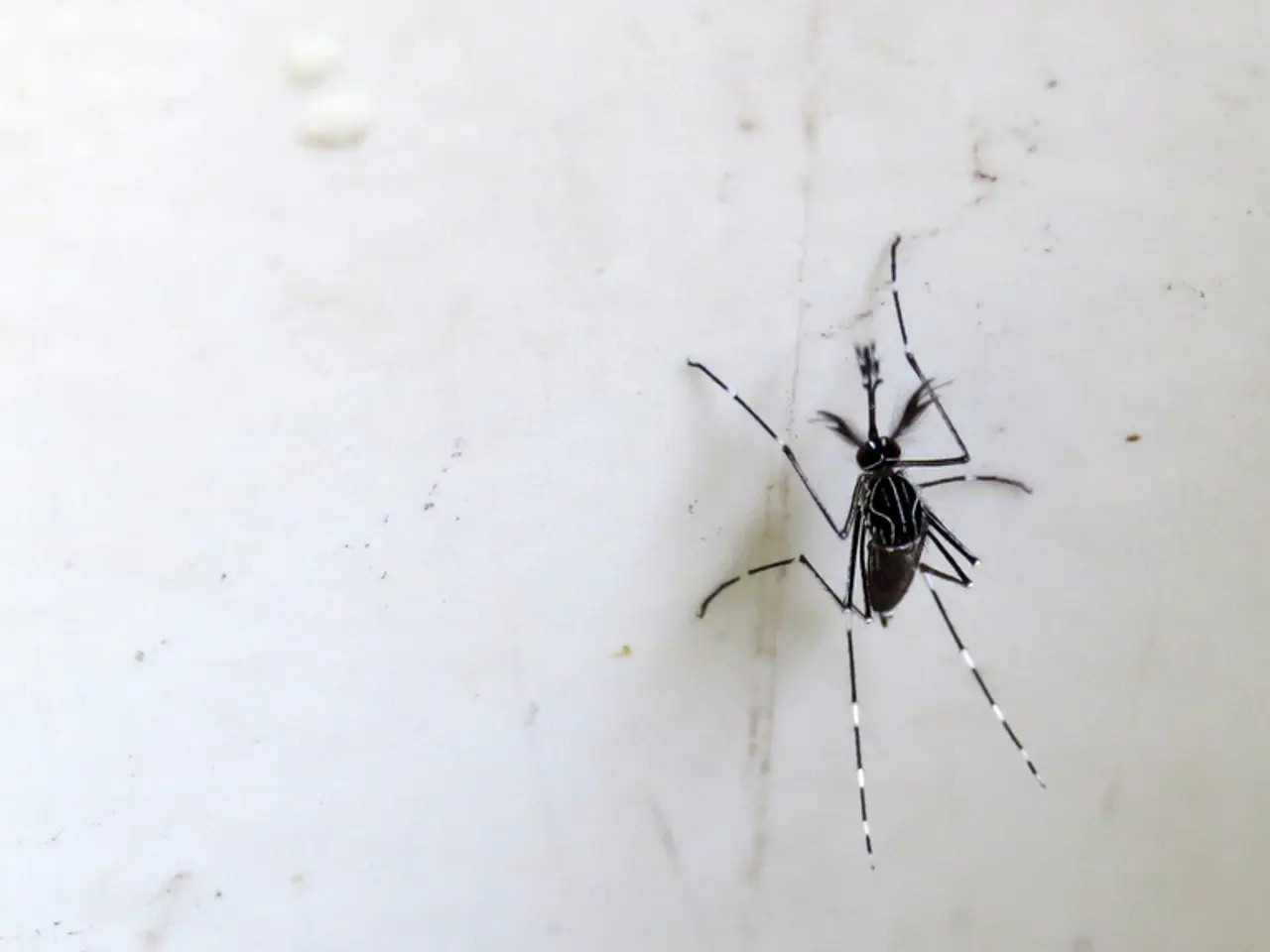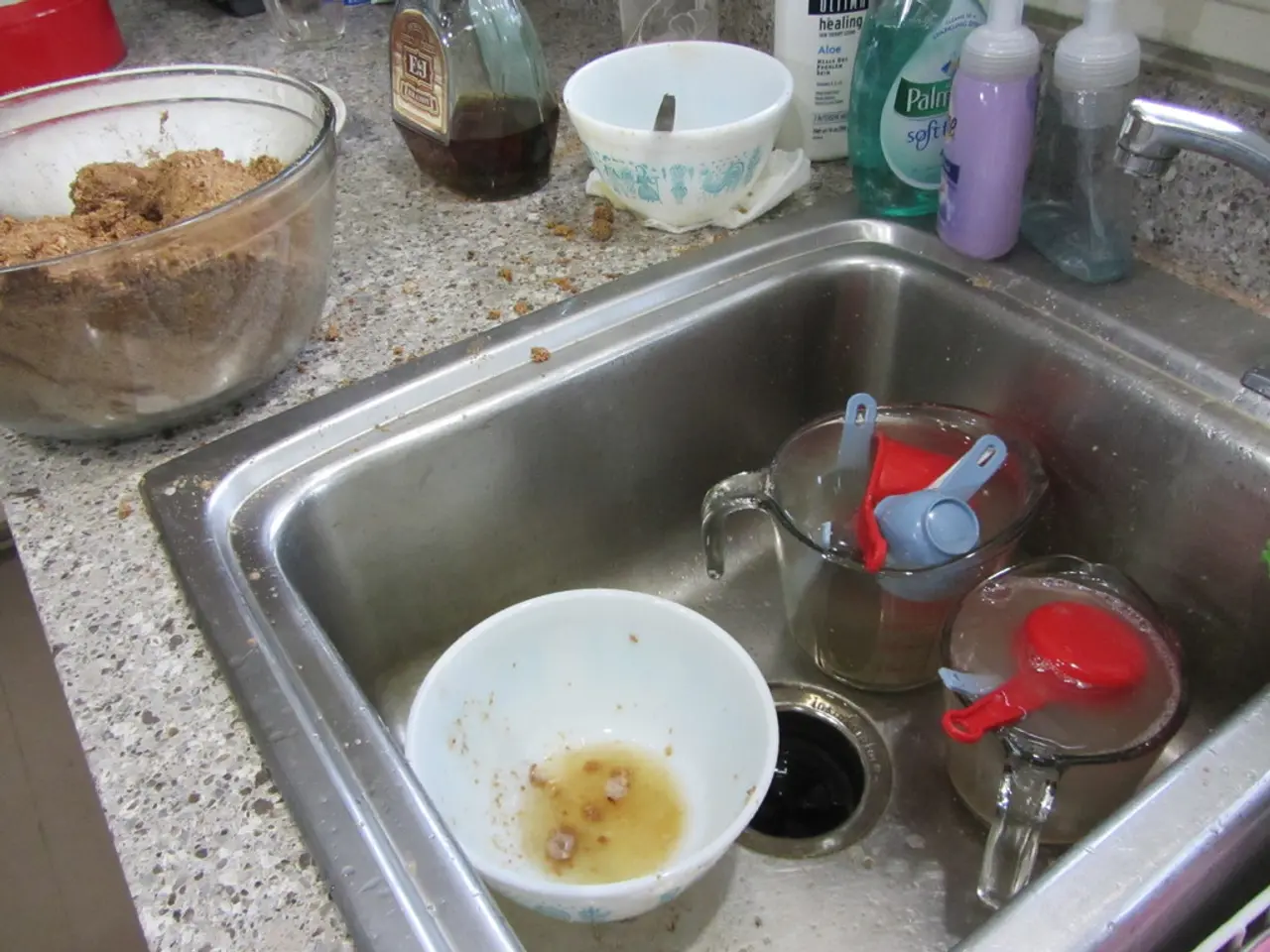Cats undergo hormonal cycles, although not similar to human menstruation.
Understanding a Cat's Heat Cycle: A Comparison with the Human Menstrual Cycle
Cats and humans may share a planet, but their reproductive systems could not be more different, particularly when it comes to their heat cycles and menstruation.
Characteristics and Stages of a Cat's Heat Cycle:
The oestrus phase, when the female cat is fertile and receptive to mating, typically lasts between 5 to 10 days [1]. Cats usually reach sexual maturity and have their first heat cycle between 4 to 12 months of age, with some starting as early as 4 months [1][3]. Unlike dogs, which come into heat once or twice a year, cats can have heat cycles as often as every 3 weeks during breeding season, making them highly fertile when unspayed [1]. Behavioral signs include vocalization (often loud yowling), increased affectionate behavior, restlessness, rubbing against objects or people, and assuming mating postures [1].
Differences from the Human Menstrual Cycle:
| Aspect | Cat Estrous Cycle | Human Menstrual Cycle | |-------------------------|------------------------------------------------|-----------------------------------------------------| | Cycle frequency | Multiple cycles during breeding season (every ~3 weeks) | About once a month (average 28 days) | | Ovulation | Induced ovulator (needs mating to trigger ovulation, but can ovulate spontaneously) | Spontaneous ovulator (ovulation occurs regularly regardless of mating) | | Bleeding | Typically no vaginal bleeding during heat | Menstrual bleeding (shedding of uterine lining) | | Fertile period | Only during estrus phase (few days) | Fertile window around ovulation (~5-6 days in cycle) | | Sexual receptivity | Only receptive during estrus | No defined receptivity period; humans can have sex any time | | Hormonal cycle length | Estrous cycle length varies; estrus lasts 5-10 days | Menstrual cycle approximately 28 days |
Unlike humans, cats do not shed a uterine lining during their heat cycle. Instead, if not bred, the cycle repeats frequently without bleeding [1]. Humans, on the other hand, experience menstruation each month, involving the preparation and shedding of the uterine lining.
Important Considerations:
- Bleeding from a female cat's genital area during heat is not normal and may indicate a medical issue. Contact a vet immediately if you observe bleeding.
- Spaying a female cat helps prevent unwanted pregnancies, behaviors associated with the heat cycle, and provides proven health benefits, reducing behavioral stress and helping manage stray cat populations.
- Geographic and environmental factors influence when cats go into heat. In warmer regions or with consistent light exposure, cats may experience heat cycles year-round.
- Indoor cats with artificial light may go into heat more frequently than outdoor cats.
- An unspayed kitten may have her first heat cycle before being fully grown.
In conclusion, a cat's heat cycle is a recurring fertile period marked by behavioral changes without bleeding, is much shorter, and ovulation is generally triggered by mating, unlike the regular monthly menstrual cycle seen in humans [1][2]. It's crucial to understand these differences to ensure the health and well-being of your feline companion.
- The cat's heat cycle, unlike the human menstrual cycle, does not involve shedding of a uterine lining, instead, if not bred, the cycle repeats frequently without bleeding.
- In contrast to human sexual receptivity, cats are only receptive during the estrus phase of their heat cycle.
- Humans, in their lifestyle, experience menstruation each month, while cats, in their health-and-wellness, may have heat cycles as often as every three weeks during breeding season.
- The health of indoor pets like cats can be significantly improved by spaying, which can reduce behavioral stress and help manage stray cat populations, particularly when environmental factors such as artificial light contribute to increased heat cycles.




